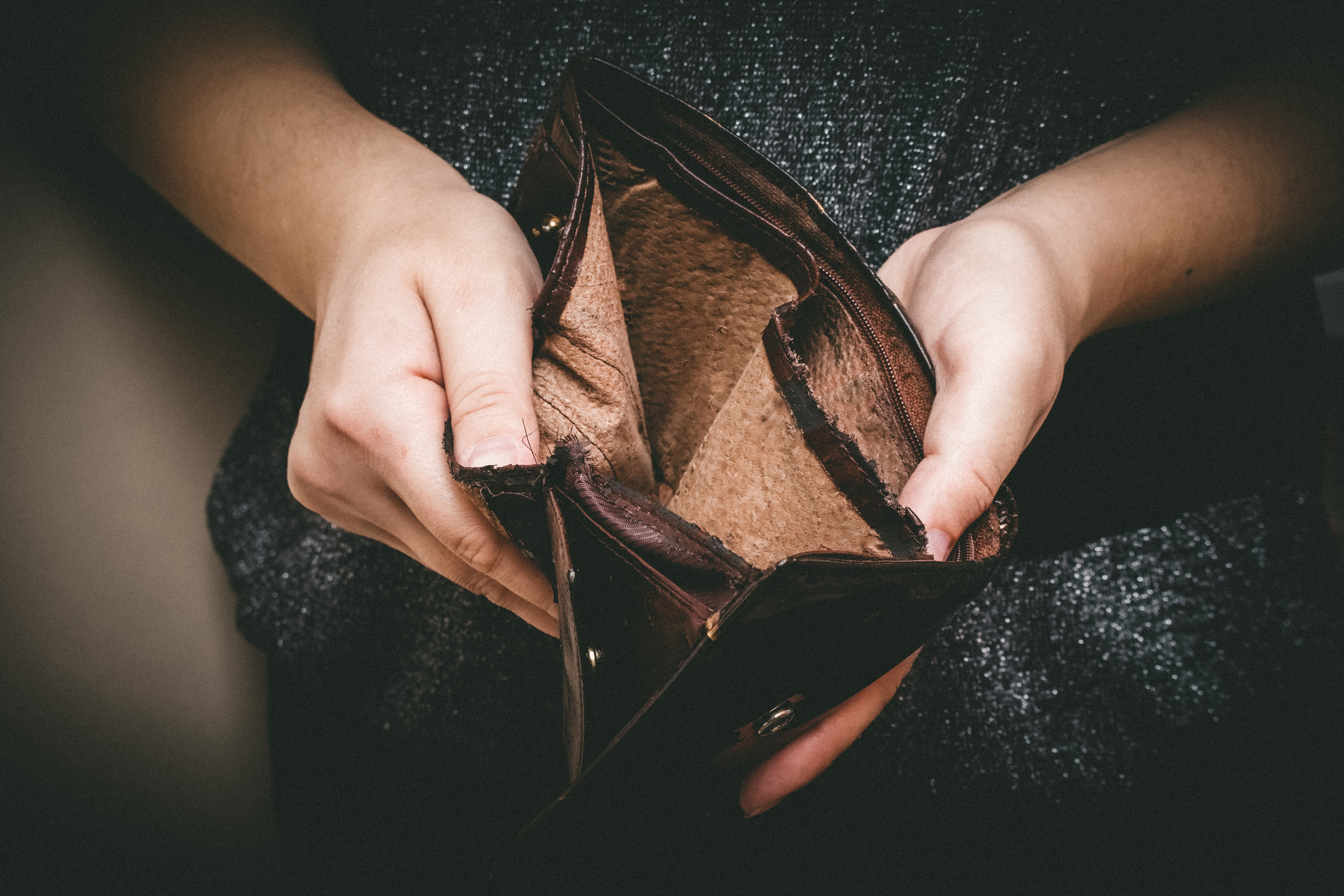
BRITAIN is in danger of becoming a “two-speed society” with some groups excluded from the prosperity and rights enjoyed by others, the country’s equality body has warned.
At-risk groups are in danger of being forgotten and “trapped in disadvantage”, said the Equality and Human Rights Commission.
Its study found that progress made in some areas is overshadowed by “alarming backward steps”.
The commission said that prospects for disabled people, some ethnic minorities and children from poorer backgrounds have worsened in many areas of life.
“This inequality risks becoming entrenched for generations to come, creating a two-speed society where these groups are left behind in the journey towards a fair and equal country,” said the report.
The commission said its report, Is Britain Fairer?, is the biggest evaluation of progress on equality and human rights in Britain, covering education, health, living standards, justice and personal security, work, and participation in politics, public and community life.
David Isaac, chairman of the commission, said: “Britain is facing a defining moment in the pursuit of equality. We’ve seen some significant areas of progress, particularly in the improvement of opportunities in education and at work, as well as the fact that more people are now engaging in politics.
“However, in an already divided nation, some unacceptable gaps continue to grow. Across many areas in life, the losers struggle to make headway in a society where significant barriers still remain.
“They are the forgotten and the left behind and unless we take action, it will be at least a generation before we put things right.”
Among the findings are that child poverty has increased and disabled people are increasingly excluded from mainstream society.
“The disability pay gap persists and the likelihood of disabled people being in low-pay occupations has increased.
“Disabled people are more likely to be in poverty, they face poorer health and a lack of access to suitable housing. There has been a sharp increase in recorded disability hate crimes and disabled people experience high rates of domestic abuse and sexual assault in England and Wales,” said the report.
The commission added that people from certain ethnic minorities, such as Indian people, have continued to succeed in education and at work, but black African, Bangladeshi and Pakistani people are still the most likely to live in poverty and, along with black Caribbean people, are more likely to experience severe deprivation, which is damaging their health, education and work prospects.
The report said women’s equality has progressed significantly in some ways, but there are still factors holding women back at work, some stemming from gender stereotypes at school.
Bullying and sexual harassment were said to be widespread in the workplace and in education, while sexual and domestic violence is a “persistent and growing concern” which disproportionately affects women and girls.
“We have seen a marked backwards move in justice and personal security since the improvements we found in our 2015 review,” the report added.
“Reductions in legal aid and changes to the legal system have led to individuals not being able to access justice. There has also been a deterioration in detention conditions, with more incidents of self-harm and assaults and with overcrowding in prisons risking prisoner safety.”

Enjoy the convenience of having The Sunday Post delivered as a digital ePaper straight to your smartphone, tablet or computer.
Subscribe for only £5.49 a month and enjoy all the benefits of the printed paper as a digital replica.
Subscribe